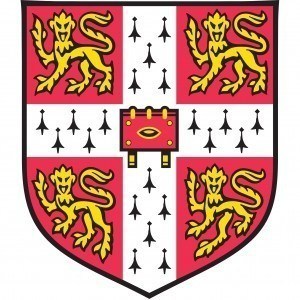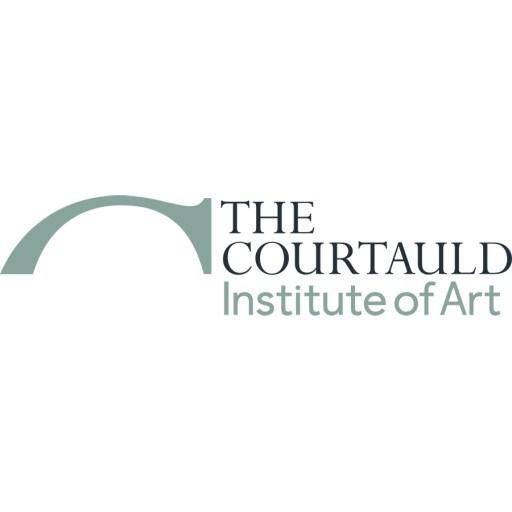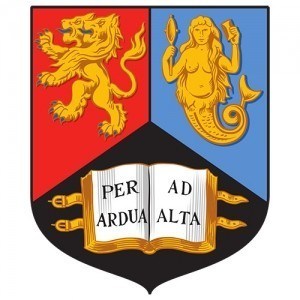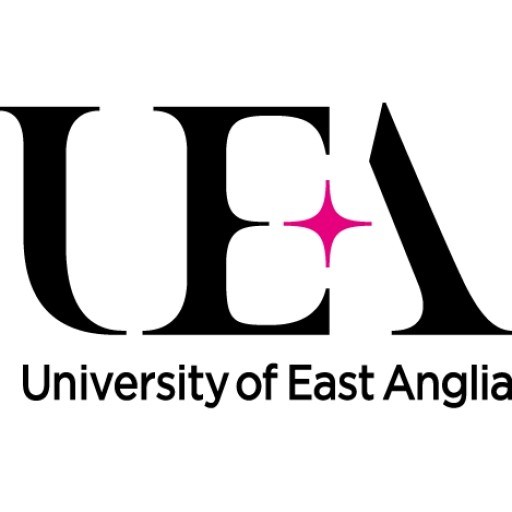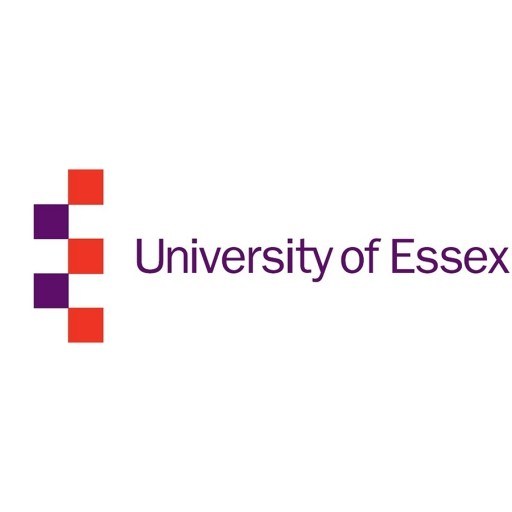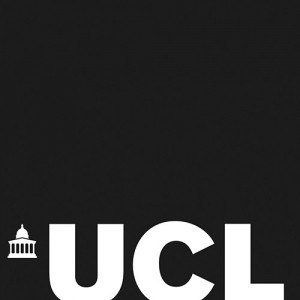Photos of university / #cambridgeuniversity
The History of Art program at the University of Cambridge offers students an in-depth exploration of the development of visual culture from antiquity to the present day. This comprehensive course combines historical analysis, critical thinking, and visual analysis to provide a profound understanding of art's role in society, politics, religion, and cultural exchange across different periods and regions. Students will engage with a diverse range of artworks, including painting, sculpture, architecture, and decorative arts, while examining their historical contexts, stylistic developments, and technological innovations. The program emphasizes the importance of cross-cultural perspectives, encouraging students to analyze artworks from Europe, Asia, Africa, and other regions, fostering a global understanding of art history. Taught by leading academics and experts in the field, the curriculum includes lectures, seminars, practical classes, and opportunities for research and curatorial practice. Students are encouraged to think critically about visual material, interpret artworks, and construct well-supported academic arguments. The degree also offers a variety of special options and modules, allowing students to tailor their studies to specific interests such as Medieval Art, Renaissance, Modern and Contemporary Art, or Visual Theory. Throughout the course, students develop essential skills in research, critical analysis, and effective communication, preparing them for careers in museums, galleries, academic research, conservation, and beyond. The program typically combines rigorous academic coursework with practical experiences, including visits to art collections and exhibitions. The Cambridge approach instills a lifelong appreciation of the visual arts and develops analytical skills that are applicable to numerous professions. Graduates of the History of Art program at Cambridge emerge with a broad and nuanced understanding of art history, equipped to contribute thoughtfully to discussions on cultural heritage, policy-making, and artistic innovation. With its distinguished faculty, rich archives, and access to world-class collections, the program provides an exceptional environment for aspiring art historians, curators, critics, and cultural professionals.
Teaching is provided through lectures, seminars and supervisions. First-year students typically have up to six hours of departmental teaching each week, as well as a supervision linked to your weekly reading and essays.
Particular attention is paid to the first-hand study of works of art – lectures and classes are regularly held in museums, taught by curatorial staff and other visiting experts – and you receive exceptional attention and support throughout your degree.
Assessment varies according to the paper being studied but typically includes written examinations and visual analysis tests (comparing and contrasting works of art), and a dissertation in Year 3.
Year 1 (Part I)
Part I provides you with a broad introduction to the history of art, and to the making and meaning of art objects, with special emphasis on the collections of the Fitzwilliam Museum. These run from the art of Ancient Egypt to modern times, and include major examples of medieval, Renaissance and post-Renaissance art as well as non-Western items.
During the year you take five compulsory papers and complete a short dissertation:
- The Objects of Art History – a survey of art and architecture that introduces the history of art from antiquity to the modern era
- The Making of Art – two papers covering issues of manufacture, technique and style in painting and sculpture in the context of their historical development
- The Meaning of Architecture and Art – two papers concerned with how works of architecture and art are interpreted in light of cultural traditions
- the short dissertation is 5,000 words on a work of art or architecture in or around Cambridge
Year 2 (Part IIA)
Part II deepens your knowledge and understanding by focusing in greater depth on specific issues.
In Part IIA, you take one compulsory paper along with two pairs of papers on Special Subjects:
- Approaches to the History of Art – the compulsory paper covers the history of the discipline and its critical methodologies from antiquity to the present day
- Special Subjects – chosen from a range of around 10, each pair deals with a particular person, subject or period. These currently include French medieval art and architecture, English Renaissance art and architecture, art and society in medieval Italy. British art and architecture, Russian painting, Surrealism, and post-1945 Modernism
Year 3 (Part IIB)
In Part IIB, you take one compulsory paper, two further pairs of Special Subjects papers and submit a dissertation:
- The Display of Art – the compulsory paper explores the ways in which art is collected, displayed and experienced in society
- Special Subjects – the options available are as those in Part IIA, but you take two subjects that you haven’t studied before
- the dissertation is 7,000-9,000 words on a topic of your choice, as agreed with your Director of Studies
Requirements
- The Attestat o (polnom) Srednem Obshchem Obrazovanii (Certificate of Secondary Education) is not considered to be suitable preparation for a competitive application to the University of Cambridge. We strongly recommend that you undertake further study if you wish to apply for an undergraduate degree. Examples of the qualifications that would be considered suitable for admission to Cambridge are A Levels, the International Baccalaureate (IB), five or more Advanced Placement (AP) courses, or possibly the first year of an undergraduate degree at a university outside the UK. We recommend that you contact the College that you wish to apply to directly for further advice and guidance.
- IELTS – normally a minimum overall grade of 7.5, usually with 7.0 or above in each element.
- EU students – a high grade in English taken as part of a leaving examination (eg the European/French Baccalaureate, Abitur etc) may be acceptable.
- A Level: A*AA
IB: 40-41 points, with 776 at Higher Level - All applicants for History of Art are required to take a written assessment at interview, if interviewed.
Scholarships
- Cambridge Commonwealth, European and International Trust awards
The History of Art program at the University of Cambridge offers students an in-depth exploration of visual culture from antiquity to contemporary times. This interdisciplinary course combines the study of painting, sculpture, architecture, and other visual media, emphasizing the social, political, and cultural contexts in which artworks are created and interpreted. Students are introduced to critical methodologies and analytical techniques to understand the significance of art within historical frameworks. The program provides access to an extensive collection of resources, including museums, galleries, and archives within the UK, fostering practical experiences alongside academic learning. The curriculum is designed to develop both visual literacy and critical thinking skills, enabling students to analyze artworks and their influence on society through various periods and regions. Throughout the course, students are encouraged to undertake independent research projects, participate in seminars, and engage with leading experts in the field. The degree prepares graduates for careers in museums, galleries, art markets, academia, and cultural heritage sectors by equipping them with detailed knowledge of art history, conservation, and exhibition practices. Cambridge’s renowned faculty include specialists in medieval, Renaissance, modern, and contemporary art, providing a diverse and rich learning environment. The program emphasizes the importance of contextual understanding, with modules covering topics such as iconography, art theory, and the relationship between art and power. Students also benefit from opportunities to examine works firsthand through visits and collections, fostering a practical approach alongside scholarly study. The university’s supportive academic environment, combined with its extensive resources and networks, equips students with the skills necessary to pursue advanced research or professional roles in the arts. Moreover, the program encourages international perspectives, facilitating engagement with global art narratives and intercultural dialogues. Overall, the History of Art at Cambridge combines rigorous academic study with practical experience, preparing students to interpret and contribute to the understanding of visual culture across history.
